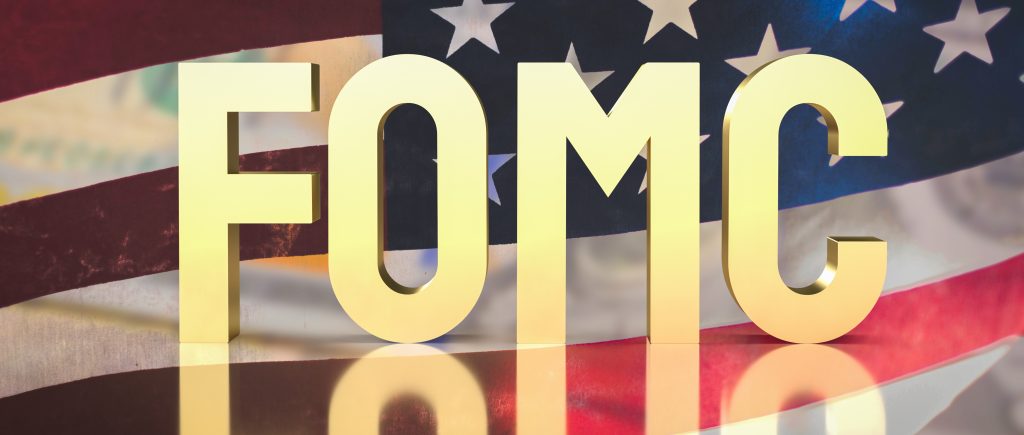Another significant movement is finishing the week with the price of gold. Gold lost all weekly gains on Friday, sliding $40 for the day after reaching a 13-month high on Thursday. On a macro level, hawkish comments made by Fed officials and good economic news are having an impact on the gold market.
As huge banks begin to report earnings today, it wasn’t only the data that was the problem. JPMorgan dominated with record sales. The outcomes for Wells Fargo were quite excellent. Positive deposits were made. One of the major concerns appears to not be happening right now.
After gold touched the $2,063 high per ounce this week, just shy of record highs, the notion that the Fed may somehow pull off a soft landing encouraged profit-taking. The price of the precious metal at the time of writing was $2,003.43 per ounce.
Although the market now believes that the gold price will rise, that perspective is a little too bullish. Markets are now considering a June boost instead of just how much the Fed would lower rates at the end of the year. With more macroeconomic data, though, the hawkish mood can swiftly fade. Due to the restricted environment traders are currently experiencing and the lag that monetary policy experiences, things could start to unravel soon.
Inflation may have peaked, according to the most recent producer price index data, which allowed the Fed to take a break after raising interest rates by 25 basis points in May. The Federal Reserve doesn’t have many solid reasons to keep its foot on the gas and raise rates after May if inflation is declining and there are still financial issues. Gold will only respond during the May 2-3 meeting if there is an emergency rate decrease or a 50-bps boost. Both are improbable.
Raphael Bostic, president of the Atlanta Fed, told Reuters on Thursday that the Fed will only need to raise rates once more. Recent data points “are consistent with us moving one more time,” Bostic said. “We’ve got a lot of momentum suggesting that we’re on the path to 2%.”
As a result, rates will need to rise, according to Federal Reserve Governor Christopher Waller, who stated this on Friday.
The rate of inflation has “basically moved sideways with no apparent downward movement,” according to Waller. “More restrictions on monetary policy are required. The extent of the tightening lending conditions and new statistics on inflation, the actual economy, and how much further will be determined.
 Noor Trends News, Technical Analysis, Educational Tools and Recommendations
Noor Trends News, Technical Analysis, Educational Tools and Recommendations





